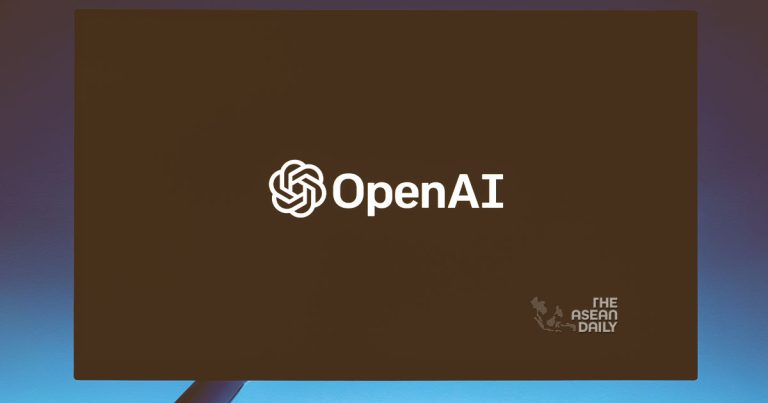11-9-2023 (IOWA) Iowa City finds itself at the center of the growing demand for generative AI tools as tech developers like Microsoft, OpenAI, and Google race to capitalize on the craze. These companies have recognized that the development of AI technology comes with a hefty price tag, including the consumption of significant resources such as water and electricity.
Microsoft-backed OpenAI, in particular, required large quantities of water to cool its powerful supercomputer used to train its AI systems. The water was sourced from the Raccoon and Des Moines rivers in central Iowa. While the specifics of OpenAI’s operations in Iowa were previously unknown to many, a top Microsoft executive revealed that the birthplace of their most advanced language model, GPT-4, was located near cornfields west of Des Moines.
The process of building a large language model involves analyzing vast amounts of human-written text, which requires substantial computing power and generates a significant amount of heat. To keep the systems cool, data centers rely on water, often through cooling towers located outside their warehouse-sized buildings.
In Microsoft’s latest environmental report, it was disclosed that global water consumption had increased by 34% from 2021 to 2022, reaching nearly 1.7 billion gallons. Researchers attribute this spike to the company’s AI research, including its partnership with OpenAI and heavy investment in generative AI. The impact of generative AI products like ChatGPT on water usage has been estimated by researchers, with ChatGPT consuming approximately 500 milliliters of water per interaction, depending on server location and season. This estimate includes indirect water usage associated with cooling power plants that supply electricity to data centers.
Google also reported a 20% increase in water usage during the same period, largely attributed to its AI work. The water consumption patterns varied across locations, with an attention-drawing steady increase in Oregon and a doubling outside Las Vegas. Iowa, too, experienced a high water demand from Google’s Council Bluffs data centers.
When questioned about their environmental impact, both Microsoft and OpenAI expressed their commitment to measuring and improving the energy and resource efficiency of their AI systems. Microsoft emphasized its focus on becoming carbon negative, water positive, and zero waste by 2030, while OpenAI acknowledged the energy and water-intensive nature of training large models and their efforts to enhance efficiency.
Microsoft’s initial investment of $1 billion in OpenAI in 2019 paved the way for the development of ChatGPT and other AI advancements. Iowa’s city of West Des Moines became a crucial location for this work, housing Microsoft’s data centers and providing the necessary computing power for training AI models. The city’s mayor at the time, Steve Gaer, noted the company’s secrecy about its operations while highlighting the significant contributions Microsoft made to the local infrastructure.
Microsoft’s powerful supercomputer, designed for OpenAI, boasts an impressive configuration with over 285,000 cores of conventional semiconductors and 10,000 graphics processors. Experts have noted the benefits of “pretraining” an AI model at a single location to facilitate the transfer of large data volumes between computing cores.
West Des Moines proves to be an efficient location for training AI systems due to its cooler climate, which allows Microsoft to utilize outside air for cooling purposes for most of the year. However, water is still required when temperatures exceed 29.3°C (about 85°F). In July 2022, Microsoft pumped approximately 11.5 million gallons of water into its Iowa data centers, accounting for about 6% of the district’s total water usage.
The West Des Moines Water Works and city government have expressed concerns about the water usage of data center projects and have called for significant reductions in peak water consumption to protect the water supply for residents and other commercial needs. Microsoft has stated its commitment to working with local officials and addressing these concerns while meeting its own requirements.




